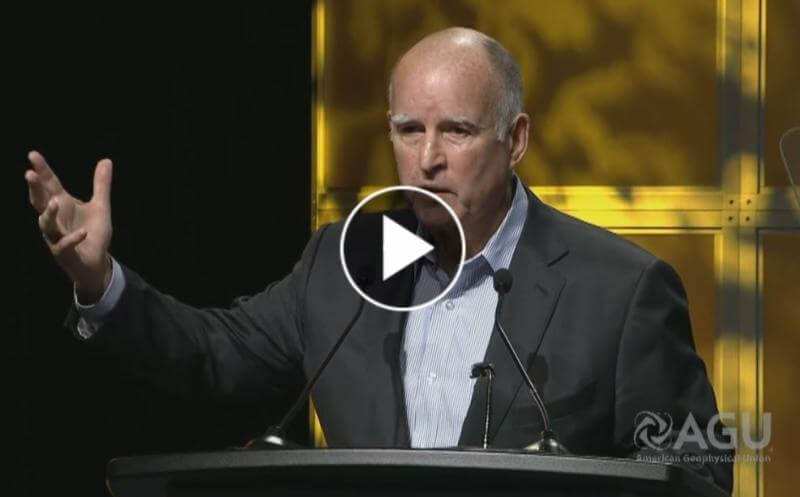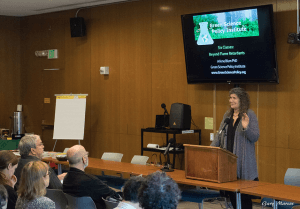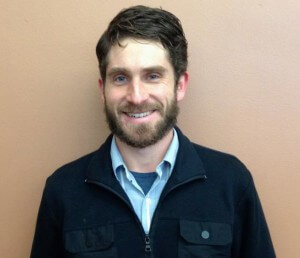January 2017: Foot Soldiers of Change
In this edition:
- Towards a Healthier World: Annual Green Science Policy Symposium at UC Berkeley
- What’s popping in Denmark?
- DuPont in hot water for dumping Teflon toxics in Ohio River
- Human experiment: Chemical contamination and breastfeeding
- Welcome to Tom Bruton, the first Green Science Policy Fellow
Our sincere thanks to many of you who contributed to our Institute’s very successful end-of-year fundraising campaign. With your support, we will continue our work of sharing cutting edge science to reduce toxics and protect health.
Please join us on February 10, 2017 for our annual Flame Retardant Dilemma & Beyond Symposium at UC Berkeley to learn more, and network with others who care about working for healthier products, people, and planet. You can see the agenda here and register here. More information below.
For those of you who cannot attend, slides from the talks will be posted on our Past Events page.
Can you believe that after years of work there is a chance we could end up with flame retardants back in our furniture? Last week we organized a meeting with the Consumer Product Safety Commission, leaders from the firefighters union, office furniture industry and scientists to help prevent a proposed new standard that could bring these toxic chemicals back into our furniture and homes.

We believe scientists can and should speak out for our health and environment. And so does California governor Jerry Brown. In case you missed his inspirational speech calling on the scientific community to speak up for truth, click here.
“This is a long-term slog into the future and [scientists] are there, the foot soldiers of change,” he continued.
“Scientists of the world unite. You are the truth seekers.”
On the eve of the Inauguration, we at the Institute are working harder than ever to use impartial science to educate decision makers in business and government to make better chemical choices. Together we can move towards a more just and toxic free planet. Thank you again for joining our expedition to a healthier world.
Arlene and the Green Science Policy Team
Towards a Healthier World: Annual Green Science Policy Symposium at UC Berkeley

What do Teflon fry pans, Goretex jackets, and pizza boxes have in common? Are toxic flame retardants still being added to consumer products? Find out at our annual symposium Flame Retardant Dilemma and Beyond, Friday, February 10th at UC Berkeley.
This decade-long series of science and policy meetings have educated decision-makers in California and nationally to reduce toxics and protect our health.
A preliminary agenda is here. Register HERE. Space is limited.
Our list of distinguished speakers includes:
- Robert Bilott, subject of the NY Times Magazine cover story, “The Lawyer Who Became Dupont’s Worst Nightmare.” See below for current BIG news.
- Malene Teller Blume of Coop Denmark, the country’s largest retailer, which banned fluorinated chemicals, BPA and other toxics from their food packaging and textiles in 2014 as described below.
- Justin Paddock, Chief of BEARHFTI, the California agency responsible for fire safety regulations and the fact that flame retardants are not needed in furniture-for now!
When: Friday, February 10, 2017, 8:30 AM to 4:00 PM
Where: 150 University Hall, UC Berkeley (2199 Addison Street, Berkeley, CA)
Contact: [email protected]
Cost: $20 full-time students; $40 non-profit, government, academia and the public; $80 corporate and business.
Costs cover the venue, event handouts, continental breakfast, lunch, and snacks.
What’s popping in Denmark?

(Adapted from Environmental Health News)
In 2014 the Coop, Denmark’s largest retailer, removed microwave popcorn from its 1,200+ stores due to the fluorinated compounds that coated the popcorn bags to protect the paper from hot oil.
“We have worked hard with our suppliers to find alternatives to fluorinated substances in the packaging of microwave popcorn but so far, unfortunately there are no solutions. Therefore we have decided to completely stop the sale of microwave popcorn until there are safer alternatives in the market,” said Malene Teller Blume of Coop Denmark in 2015.
Only 6 months later, microwave popcorn bags were found that didn’t need fluorinated chemicals. Demand has been so high Coop can’t keep the item stocked, Blume said.
“We’re very happy to see a business take on the responsibility of ensuring that food contact materials do not pose a risk to human health,” said Xenia Trier, a Danish analytical chemist. Trier said that by pointing the finger at harmful, yet legal, chemicals, Coop is “showing consumers there’s a gap” between what science says about harm from some compounds and their regulation by government.
So great that Denmark’s giant retailer, with 40% of the country’s market share, isn’t waiting for regulators to catch up with science and is taking the initiative to phase out chemicals linked to health harm. In the US, microwave popcorn bags are among the food contact paper items that still use fluorinated chemicals. One of our objectives here at the Institute is to greatly reduce this use. We are planning a meeting to educate the supply chain so they can choose to move to safer alternatives.
DuPont in hot water for dumping Teflon toxics in Ohio River

The BIG news is that an Ohio jury ordered DuPont to pay over $10 million “for actual malice” to a man who developed testicular cancer from exposure to the highly fluorinated chemicals used to make Teflon. You can learn more from Rob Bilott, the attorney who is taking the lead on a series of such cases and is speaking at our February 10 meeting.
The award comes more than fifty years after DuPont scientists first found the potential for harm from animal studies. For decades DuPont’s Parkersburg, West Virginia plant dumped Teflon chemicals into the Ohio River which provides drinking water for the surrounding communities and even measured levels in drinking water, but did not share the information with local communities. In October 2015, a jury awarded $1.6 million to a woman who developed kidney cancer and in July 2016, a jury awarded over $5 million to a man with testicular cancer. Forty more cases are scheduled to be tried this year.
Sadly, water polluted with highly fluorinated chemicals is a common problem. As our recent paper discussed, more than six million Americans have drinking water with levels the sum of two of these chemicals (PFOA plus PFOS) above the current EPA health advisory levels. We are working with leading international scientists on a coordinated approach to learning as much as possible about the human health impacts on exposed populations.
Human experiment: Chemical contamination and breastfeeding

Given the health benefits of breastfeeding, it is surprising that only about 20% of U.S. babies are breastfed exclusively through 6 months. A recent article entitled Mother’s Milk and the Environment: Might Chemical Exposures Impair Lactation? discusses chemical exposures and other reasons why mothers cannot produce enough milk.
From animal studies we know that exposure to highly fluorinated chemicals such as PFOA can alter the formation of duct systems in mice and adversely affect the mammary gland development in offspring. PFOA has also been reported to alter the expression of milk protein genes, which play an important role in milk production.
Exposure to DDT and to the two highly fluorinated chemicals, PFOS and PFOA, used in a wide range of consumer products and firefighting foams, has been associated with shorter duration of breastfeeding. As PFOS and PFOA have been phased out, their many replacements are starting to be detected in environmental media and humans. Will they cause similar problems? As usual, the article concludes that more research is needed.
Welcome to Tom Bruton, the first Green Science Policy Fellow

The Green Science Policy team welcomes Tom Bruton as our first Green Science Policy Fellow. He will be helping lead our work on highly fluorinated chemicals.
Thomas Bruton is finishing his Ph.D. in Civil and Environmental Engineering at UC Berkeley. His research focuses on removing highly fluorinated chemicals from soil and groundwater using a technology called chemical oxidation, and he has taken Public Health courses during his time in graduate school. Tom is inspired by Green Science Policy Institute’s mission of protecting human and ecological health through promotion of responsible chemicals use. We are delighted to have him join our team.
Receive Updates By Email
Subscribe to our monthly newsletter and get these updates delivered right to your inbox!